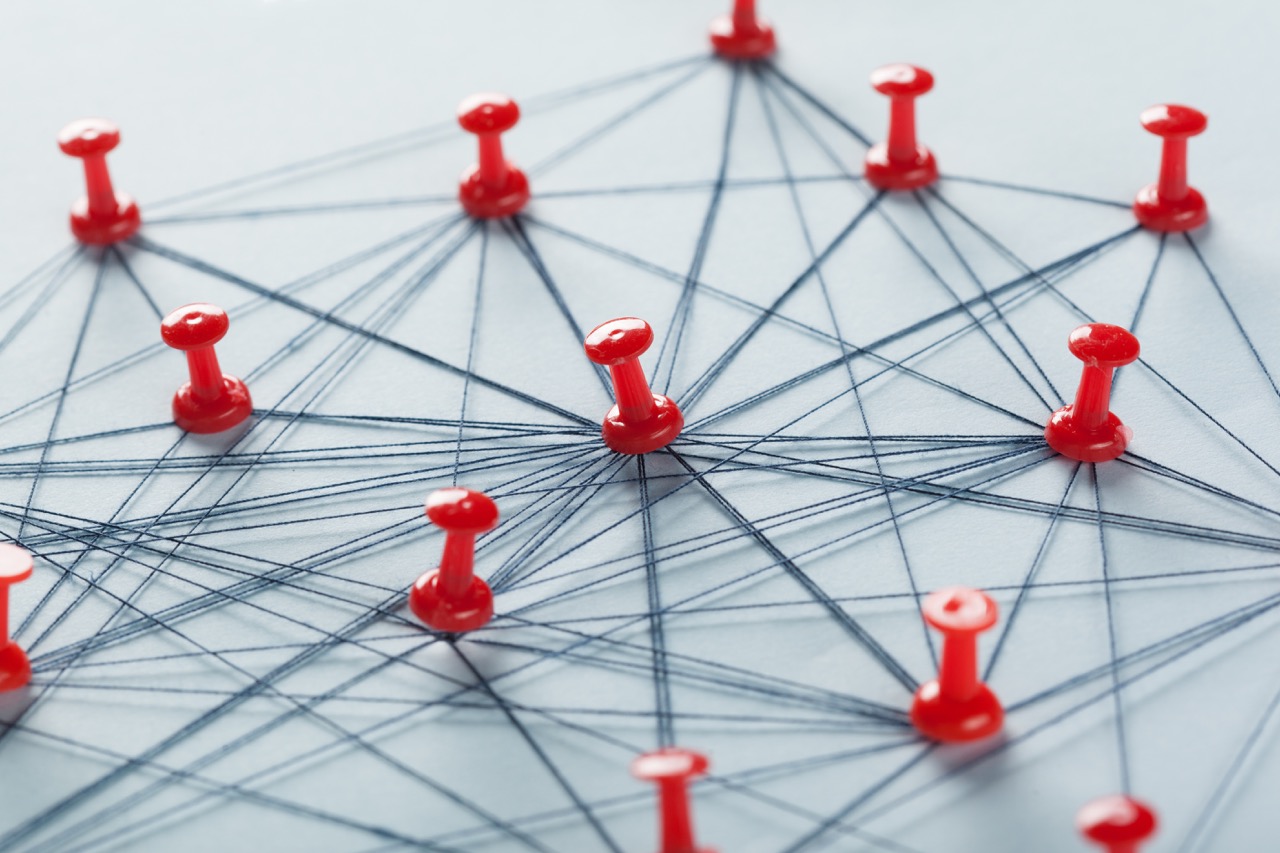Web 3.0 enters the world of Web 2.0 (+ 3 main pros and cons of both technologies)
Tadeusz Olewicz
6 min of reading
Web 3.0 (also known as Web3 or Web3.0) is a third generation of the World Wide Web — the network without which we cannot imagine our lives. Now we experience a decentralised, user-centric Internet where individuals have more control over their data, identity, and digital assets. That is a momentous change if we compare it to centralised and corporate-dominated Internet of Web2. In short, Web 3.0 can be described as a new chapter of WWW — one of the greatest inventions made by human beings.
Of course, we got used to the solutions connected with its predecessor, and, in some way, the opposite, and there is no sign that it may disappear from our world. On the other hand, we cannot just stand and observe the growing importance of Web 3.0. There is an increasing scope of fields supported by solutions such as NFTs or blockchain.
In this article, you will learn about the position and characteristics of decentralised Web 3.0 technology, in comparison to Web2. There are also some hybrid solutions in which you can find the features of both discussed topics. So, as we have some issues to cover, let’s start with Web2 technology.
What does make us loyal to Web 2.0?
The answer to that question is simpler than one might imagine. Web 2.0 is nothing more and nothing less than the Internet we all know and use day by day. To be more specific, technology gives us all the possibilities linked with visiting websites. By that, I mean following the news, communicating with each other, sharing files, e-commerce, and everything more you can think about. The leading examples of platforms based on Web 2.0 are Google, Facebook, Twitter, Amazon, and more.
There is also a business side of having a platform on Web 2.0 technology. The owners of social media display the ads to their users and gain profits from that activity. It doesn’t work the other way around — if you create any content for this kind of platform, you lose the rights to your work. You are not involved in any decision-making and marketing strategy or policy development. It’s because you give all the responsibility to the platforms and it is difficult to assume that both sides will receive comparable income. This is why the marketing strategy of the greatest players on the market of Web 2.0 platforms might be seen as controversial.

Web 2.0 is centralised.
How does Web 3.0 give users more freedom?
Since its introduction in 2014, the most frequently mentioned advantage of Web 3.0 is giving more power to the users. By that, the creators of this type of platform mean full ownership and control of given data and any online cooperation. It’s because Web 3.0 is built on blockchain technology that makes a person the owner of any file, document, or token. To get access to all resources, a Web 3.0 user needs a non-custodial wallet. This is what gives him or her recognition in the world of Web 3.0 and allows him to conduct as many transactions as wanted. Let’s make it clear — it feels better to be a unique owner of any data and assets with almost no interference from third parties. Thanks to Web 3.0 technology, you can have access to and monetize everything you own.
That’s the core of building Web 3.0 platforms running on decentralised networks, just to mention blockchain or peer-to-peer ones. There are features like smart contracts or non-custodial user interfaces to facilitate the usage of this kind of platform. The main reason for introducing this solution is to avoid including third parties in any activity. All you have to do is to connect your wallet and manage all the functionalities independently.

Web 3.0 is a type of decentralised solution.
Hybrid platforms: Web 2.0 and Web 3.0 can work together
What is important, there are hybrid platforms that represent the most useful functionalities of both mentioned types. The name Web 2.5 says it all — both solutions meet halfway down the road.
When it comes to the decentralised side of these platforms, it focuses mostly on networks, smart contracts, and both types of wallets — custodial and non-custodial ones. Centralised areas may include servers and governance.
It only matters to take what is the most valuable in both ideas. So, probably the most powerful connection has the convenience and extensibility of Web2 along with the security and clarity of Web 3.0. It also works for the ones who are still into Web2 and try to get familiar with the new idea.
3 main pros and cons of all types of platforms
OK, we have the general description of Web 2.0, Web 3.0, and hybrid solutions, now it’s time to compare the more specific features of all ideas.

Summary
The introduction of Web 3.0 applications is still growing and we are yet to transform our view on creating online platforms. The most beneficial side of our current situation is the appearance of hybrid solutions that may walk us through the whole process of change instead of striking us with revolution. Of course, an inside look at the advantages and disadvantages of all three approaches might lead us to the reflection that they still require some finishing work. On the other hand, when one analyzes the growth of blockchain-based projects from the areas of the supply chain, healthcare, banking, and other ideas in both our everyday life and the world of entertainment, there comes clear evidence that the position of decentralisation is already strong. Do you want to learn more about this approach? Stay tuned as the whole series on this subject starts with this opening post!



